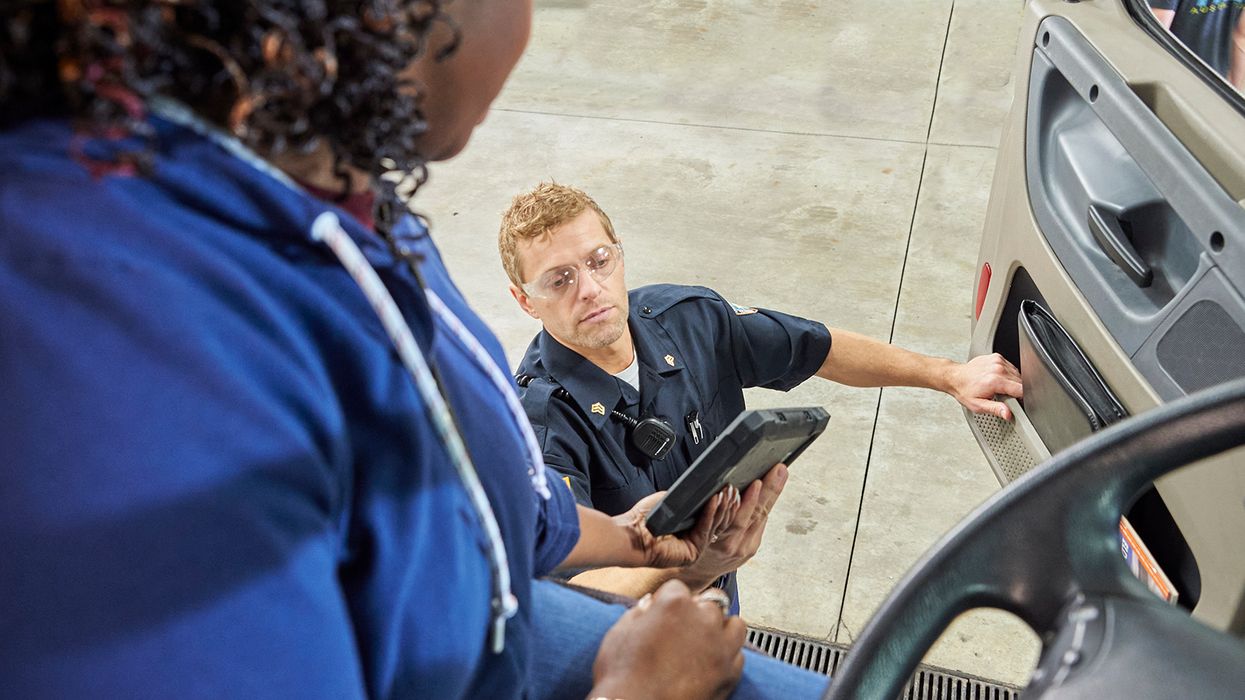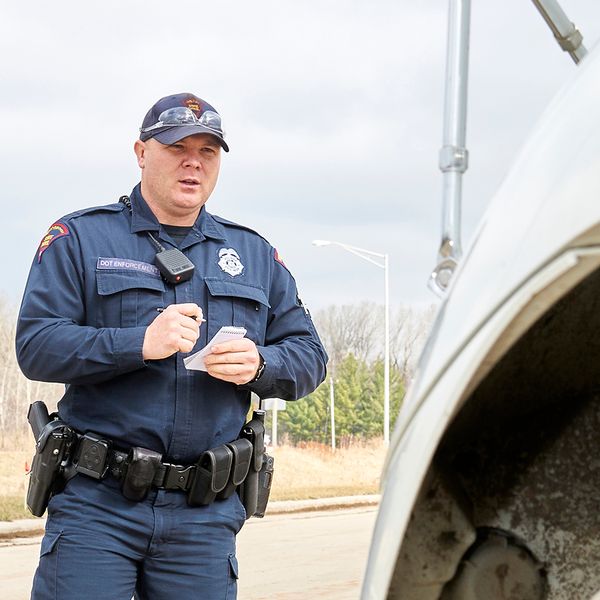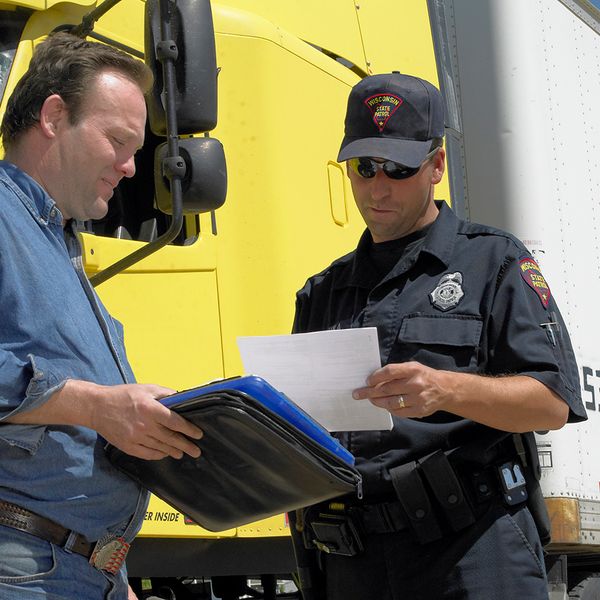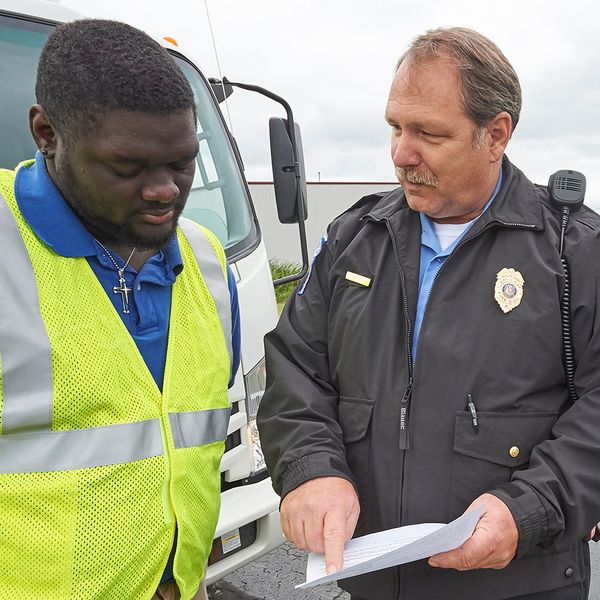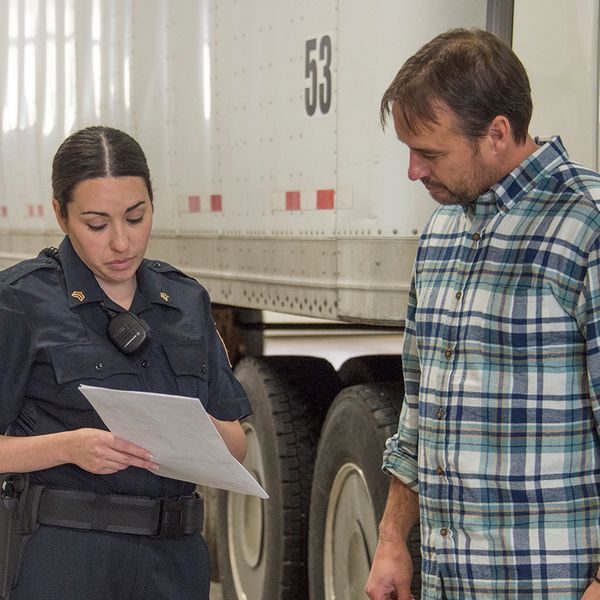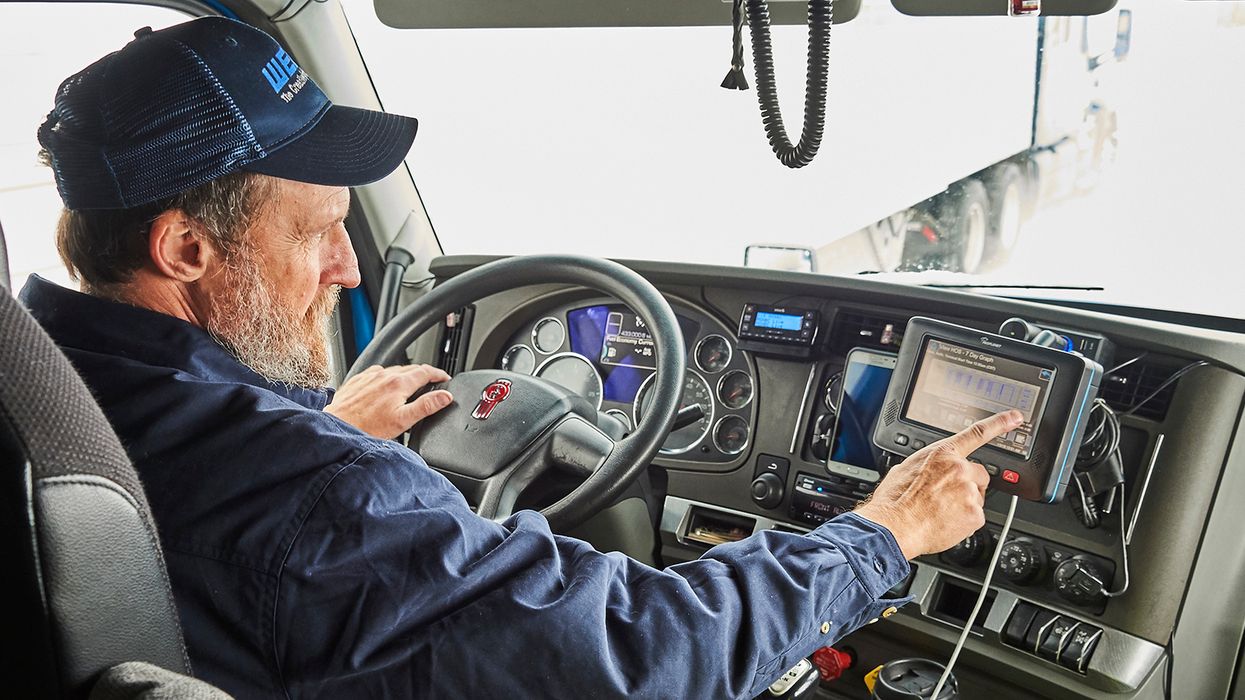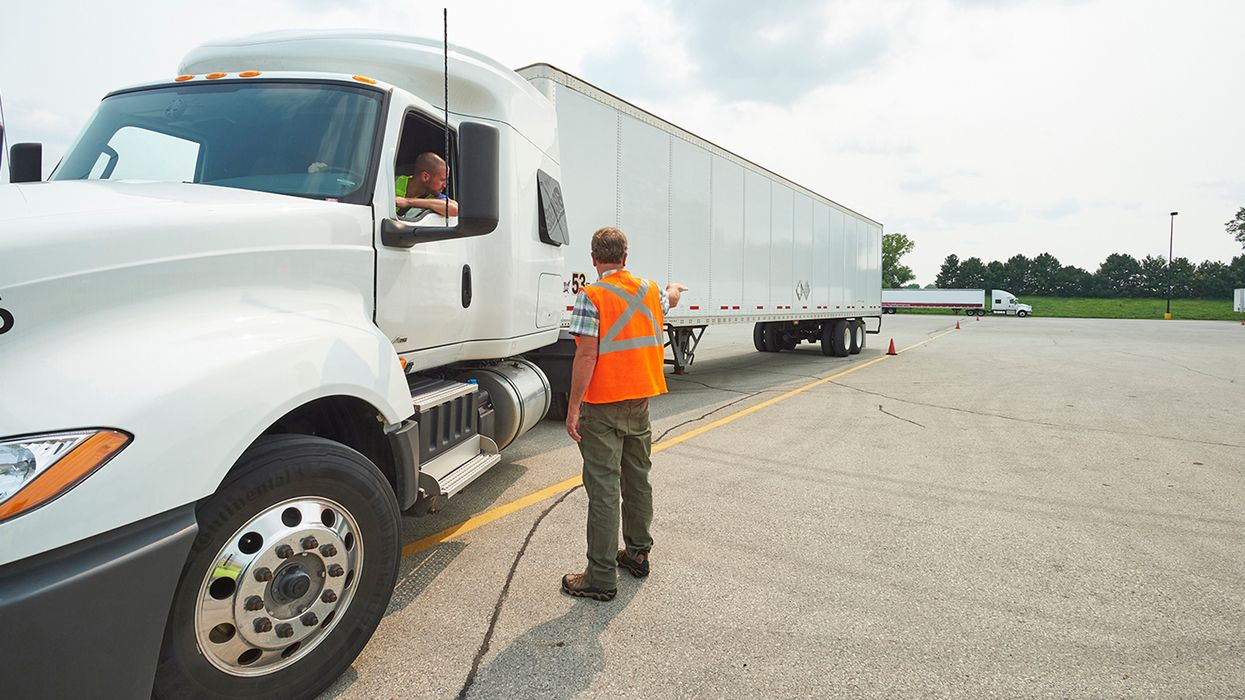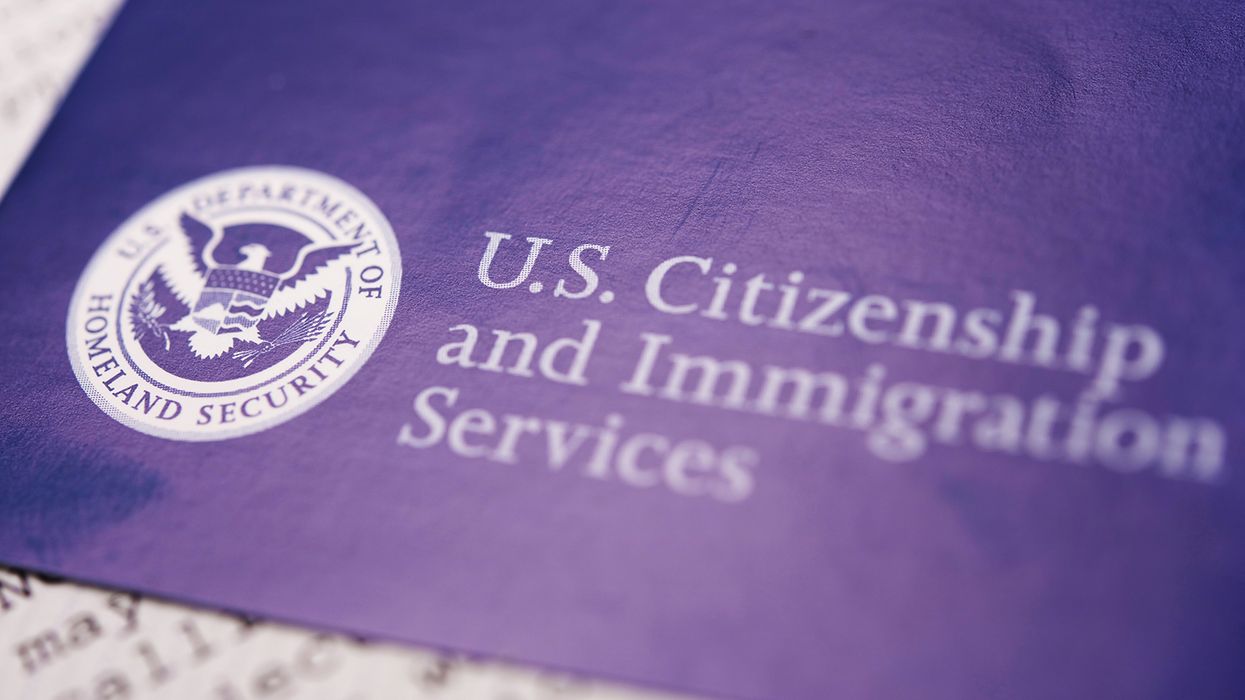NewsIndustry NewsVehicle inspector requirementsFleet SafetyFocus AreaIn-Depth ArticleUSAEnglishTransportationCMV Inspections
New out-of-service criteria in effect as of April 1
2022-02-24T06:00:00Z
Each year, the Commercial Vehicle Safety Alliance (CVSA) updates the North American Out-of-Service Criteria (OOSC). The OOSC is used by officers who conduct roadside inspections to determine if a violation is serious enough that the driver or vehicle constitute an imminent hazard. If a driver or vehicle is placed out of service, the driver or vehicle cannot continue until the violation has been corrected.
The changes to the OOSC take effect on April 1.
The changes for this year:
- Explain that the MVR officers receive satisfies the requirement that the officer verify with the driver’s home state that the driver’s license has been suspended before placing the driver out of service.
- Clarify which types of drivers can be placed out of service for being prohibited in the Drug and Alcohol Clearinghouse.
- Explain that non-required brakes that are in use must be counted in the calculation of the 20 percent threshold needed to place a vehicle out of service for certain defects (as an example, if a driveaway/towaway vehicle has an axle on the ground that has two operating brakes that are not required, the brakes are to be counted in the calculation).
- Clarify that the trailer breakaway cable (when required) can be connected to any component that is bolted or welded onto the power unit.
- Clarify that a vehicle with a brake hose that has the reinforcement ply exposed and frayed is to be placed out of service.
- Add a provision that a vehicle with a loose hydraulic brake master cylinder is to be placed out of service.
- Clarify that the violation used for no lights on a trailer due to a disconnected or non-functioning trailer electrical connection only applies to the trailer lights (electric trailer brakes that are not functioning are to be addressed separately).
- Remove the term “breaker strip” from the tire information.
- Clarify that the vehicle does not need the ID number marking if the ID numbers on bulk packages are sufficient and visible.
Key to remember: The OOSC is not a guide to safe operations. It is a resource used by officers to determine if the driver or vehicle with a violation is an imminent hazard and cannot be allowed to continue until the violation is addressed.

